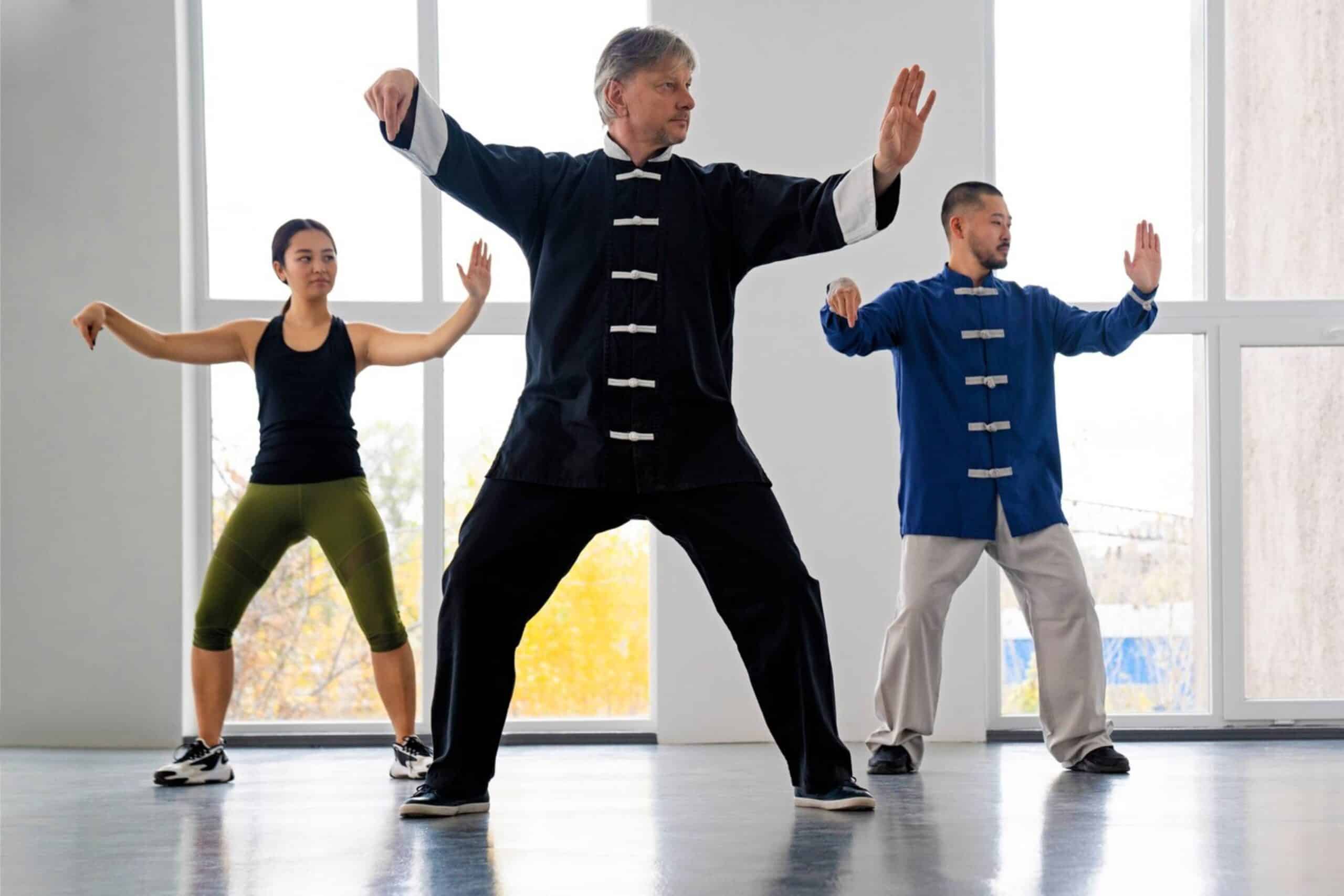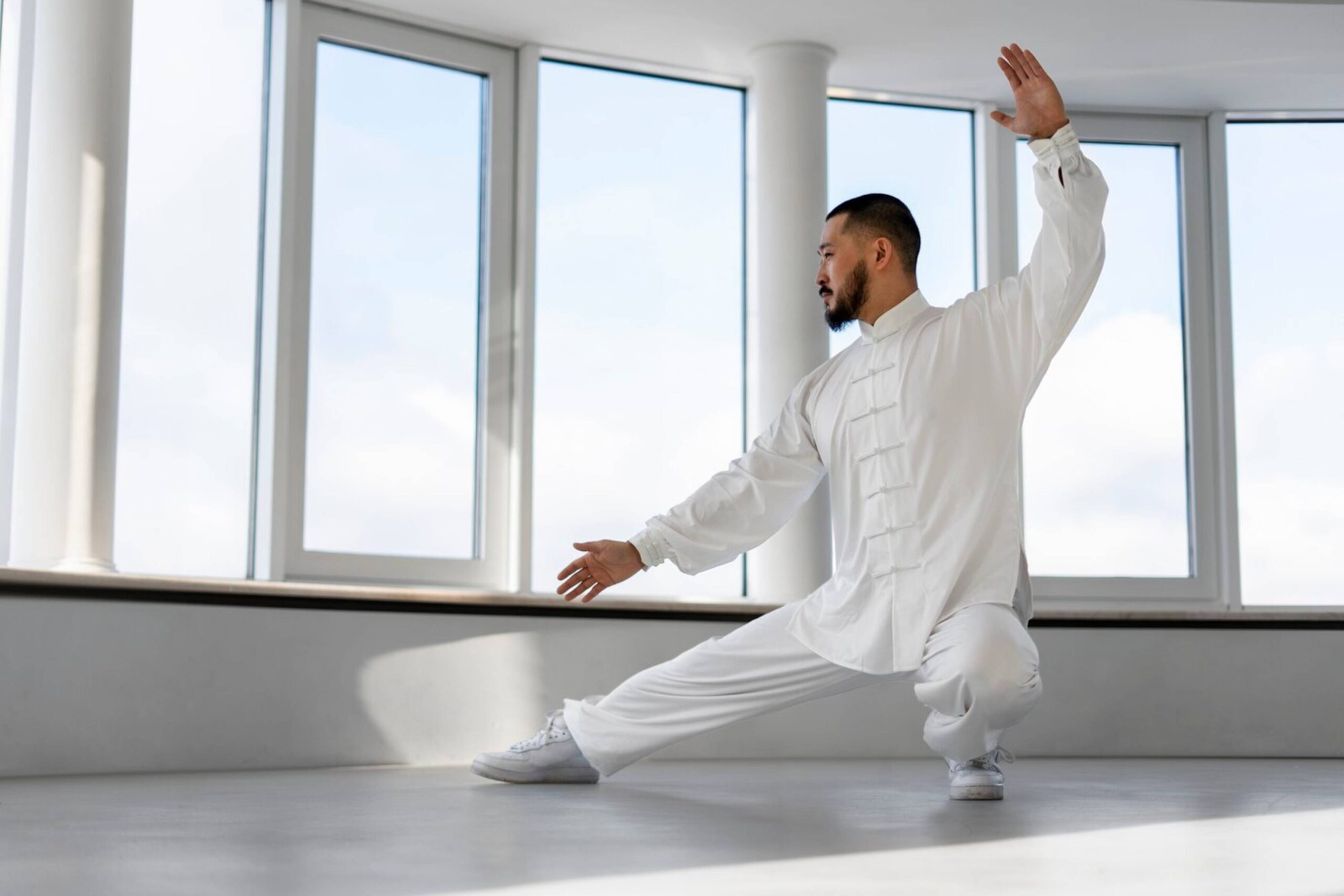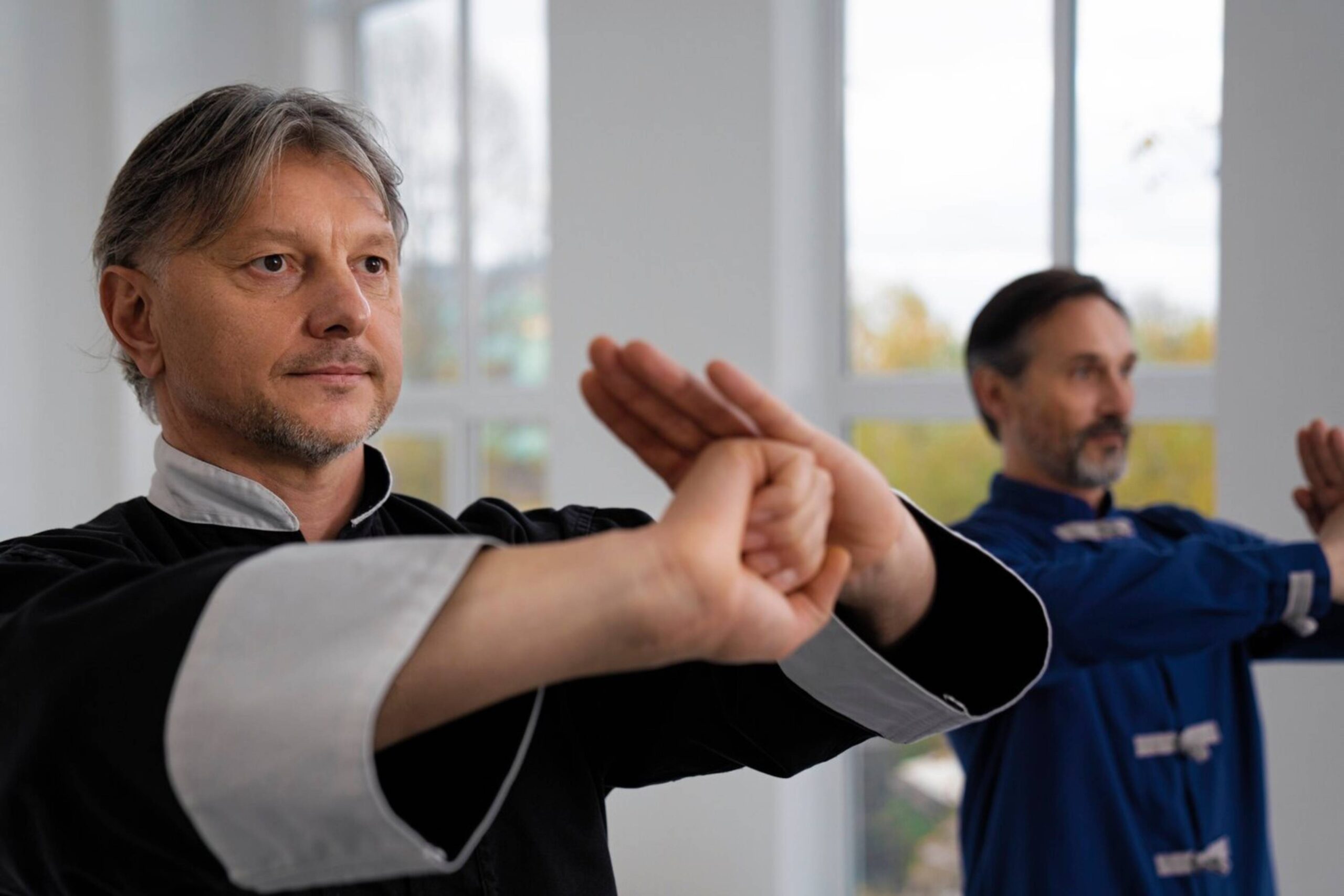
Tai Chi Movements for Recovery Days: A Mindful Approach to Healing and Wellness
In the crowded fitness universe, high-intensity workouts are often the stars. That, in turn, can neglect recovery. Recovery is crucial in any fitness program. It plays a role in the body’s repair, rebuilding, and rejuvenation. Tai Chi is a soft movement practice. It benefits not just the body, but the mind as well. Out of a slew of recovery methods, it provides deep dividends. Today, we are going to explore Tai Chi exercises in this blog. We’ll explore how it assists in recovery and promotes general well-being.
The Importance of Recovery Days
Before we dive into Tai Chi, let’s first talk about why recovery days are important in any fitness program. Rest days help the body heal tiny tears in muscles from heavy lifting and long workouts. These days aren’t for idleness. They focus on fun exercises. These help with recovery, reduce muscle pain, and prevent injuries. Adding mindful movement, like Tai Chi, to your recovery routine can enhance these benefits. This approach offers a complete way to heal.
What is Tai Chi?

Tai Chi, sometimes called “meditation in movement.” It is a Chinese martial art that is thousands of years old. It combines slow, careful movements with deep breathing and mental focus. Originally, Tai Chi was a self-defense method. Now, it’s an exercise system that promotes calmness and inner peace. It encompasses slow, concentrated movements with deliberate breathing. That makes it a good choice for recovery workouts.
Key Benefits of Tai Chi for Recovery Days
Enhancing Flexibility and Balance
The main benefit of Tai Chi exercises is the improvement of flexibility and balance. The slow movements stretch and strengthen the muscles. They also help with joint mobility and decrease stiffness. If you’re recovering from tough workouts, better flexibility helps prevent injuries and boosts performance.
Promoting Mindful Movement
Tai Chi embodies the essence of mindful movement. All movement is intentional and mindful. It helps practitioners attune more closely to their bodies. Mindfulness provides calmness and reduces stress. This is especially helpful on recovery days when the body heals.
Supporting Cardiovascular Health
Even though Tai Chi is low-impact, it is still an aerobic form of exercise. There is improved circulation as you gently move. This allows for more oxygen and nutrients to be brought to muscles and tissues. Improved circulation accelerates recovery, reducing muscle soreness and fatigue.
Alleviating Stress and Anxiety
Stress and anxiety can further complicate the recovery phase by increasing muscle tension and fatigue. Weapons are also an end in Tai Chi, but require a lot more deep breathing and relaxation. This helps relieve stress. So, it enhances well-being, and accelerates recovery.
Additional Expert Tips and Common Mistakes to Avoid
Best Practices for Incorporating Tai Chi into Recovery Days

To get the most from Tai Chi as a recovery workout, keep these tips in mind:
- Stay Consistent: Practice Tai Chi regularly, especially on recovery days, to enjoy all its benefits.
- Focus on Form: Keep good posture and alignment with each movement. This helps avoid strain and makes your workout more effective.
- Practice Deep Breathing: Use deep diaphragmatic breaths to relax and help your muscles get more oxygen.
- Listen to Your Body: Adjust how hard and how long you do Tai Chi based on how you feel and what your body needs for recovery.
Common Mistakes to Avoid
Tai Chi is a gentle exercise. There are common mistakes that can hinder its effectiveness:
- Rushing Through Movements: Tai Chi is about slow, deliberate movements. Rushing can lead to improper form and reduced benefits.
- Neglecting Breathing Techniques: Breathing is a fundamental aspect of Tai Chi. Neglecting it can diminish the meditative and stress-reducing benefits.
- Ignoring Proper Warm-Up: Tai Chi is low-impact. A brief warm-up can prepare the body and prevent injury.
How to Get Started with Tai Chi
Starting Tai Chi is easier than you might think. You don’t need any special gear or a gym membership. Just a quiet space and a bit of time.
Here are some simple steps to begin:
- Find a Video or Class: Look for beginner Tai Chi videos online or join a local class. A teacher can help guide your movements and make sure you’re doing them right.
- Start Slow: Begin with just 10 to 15 minutes. Focus on learning a few simple moves. Don’t worry about being perfect.
- Wear Comfortable Clothes: Choose loose, comfy clothes that let you move freely. Barefoot or flat shoes work best.
- Pick a Quiet Spot: A calm place helps you focus. It could be your living room, backyard, or even a park.
- Breathe Deeply: Slow breathing is important in Tai Chi. It helps you relax and move with control.
Try doing Tai Chi in the morning to wake up gently, or in the evening to unwind.
Why Tai Chi Feels Good on Recovery Days

Tai Chi is gentle on your body. It doesn’t push your muscles too hard. That’s why it’s great for days when you’re resting from harder workouts.
Here’s why it feels so good:
- No Pressure: You move slowly. You don’t need to jump, run, or lift weights. This helps your body relax and heal.
- You Stay Calm: Tai Chi helps you breathe slowly and stay focused. It clears your mind and lowers stress.
- Your Body Stays Active: Even though it’s calm, Tai Chi keeps you moving. It helps your joints stay loose and your blood flow strong.
- It Helps You Sleep Better: Many people sleep better after doing Tai Chi. Better sleep helps your body recover faster.
Fun Fact: Some people call Tai Chi a “moving nap” because it helps you feel calm and refreshed, just like after a good rest.
Advanced Insights and Expert Recommendations
If you want to deepen your Tai Chi practice, try exploring various styles and forms. There are various styles of Tai Chi, each with its own characteristics and focus. Having a qualified instructor helps you get individualised instruction. They’ll help you learn to improve your technique. Additionally, combining Tai Chi with other recovery methods such as yoga or meditation can enhance the benefits. This also has the added benefit of being a holistic method to help your physical and mental health.
Conclusion: Embrace the Healing Power of Tai Chi
Adding Tai Chi to your recovery days can change them from regular to active recovery. This way, your muscles stay engaged, but you can relax more. Practising Tai Chi helps your body heal. It also boosts your mental and emotional health. Tai Chi may be your path to fitness. Those are balance, harmony, and overall health.
Let me ask you, are you ready to feel the power of Tai Chi on your recovery days? Beginning today, see for yourself the timeless benefits of this ancient practice.
